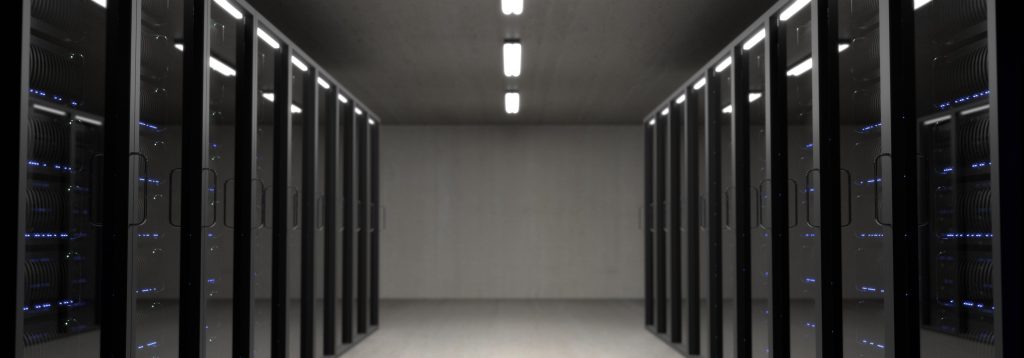If you share your photos on social media, they will stay on the internet forever...
Many of us have heard or read this sentence during conversations with friends, in articles, online forums, TV shows, etc.
But how is it possible that we can’t seem to be able to fully remove our photos from the internet when we want to, and, taking this further, that our photos are never lost and always retrievable (which can both be a good and a bad thing)?
The behind-the-scenes, technical secret lies in data replication.
The very first moment when you share a photo on social media, that photo is uploaded into the closest available database server. In the second moment, that same photo is replicated into multiple other servers around the world.
This is what data replication really means from a practical, everyday user perspective and it guarantees the High Availability of data.
For example: imagine you have a friend who lives on the opposite side of the world. He wants to see a photo you just posted online, but of course his browser does not want to access a server located in your country in order to do so. His browser is configured so that it’ll want to call up your photo from the closest location possible in order to save time and resources, hence making the photo available to your friend in the fastest way possible.
Thanks to database technology and data replication, your friend can see your photo from the closest available server to his location: because your photo is already there!

The Reasons
Why do companies pay extra to do this?
Social media vendors really do not want to lose your data or take time in making it available: they live from it!
What kind of an online service would offer user profiles and services with even just a small probability of losing your and its users’ data? They would be out of business in no time, as the demands and expectations on such services are so high nowadays that even a small amount of downtime can cause PR nightmares, loss of revenue and sometimes worse, loss of business.
Only recently, social media favourite Instagram had availability issues and was down for an hour; which triggered 57K+ reports in the space of minutes, countless posts and discussions on other platforms and forums, media reports, etc.
For this reason, social media vendors (and pretty much every other online business) have clusters of database servers, organized in topologies, where they store and replicate all of the data they collect.
As a result, data replication is everywhere around us.
Not only in social media, but every (reliable) e-shop has at a minimum little clusters of database servers, where it stores all of its data. This is not only for achieving high availability of data, but also for handling failures. Data should always be in safe hands and accessible at all times.
All this of course makes data highly valuable; in fact, plenty of discussions have taken place in recent years where the argument is being made that ‘data is the new oil’. Our CEO, Eero Teerikorpi recently commented on this topic in an article published in Database Trends & Applications.
Unlike oil, data can be made available to users anywhere at any time, thanks to technologies that allow for databases to be always available, making the products and services that rely on data always available also.” - Eero Teerikorpi, CEO & Founder, Continuent
Here at Continuent we specialise in database clustering and data replication and have extensive knowledge on these topics with reputable customers to vouch for that.
If you want to start your own internet business or are in a situation where you’re being overwhelmed by the data your business is generating, it’s very likely that you will need clusters of database servers for storing your data. We’d be happy to help of course and have a discussion with you on what you’re trying to achieve.



Comments
Add new comment